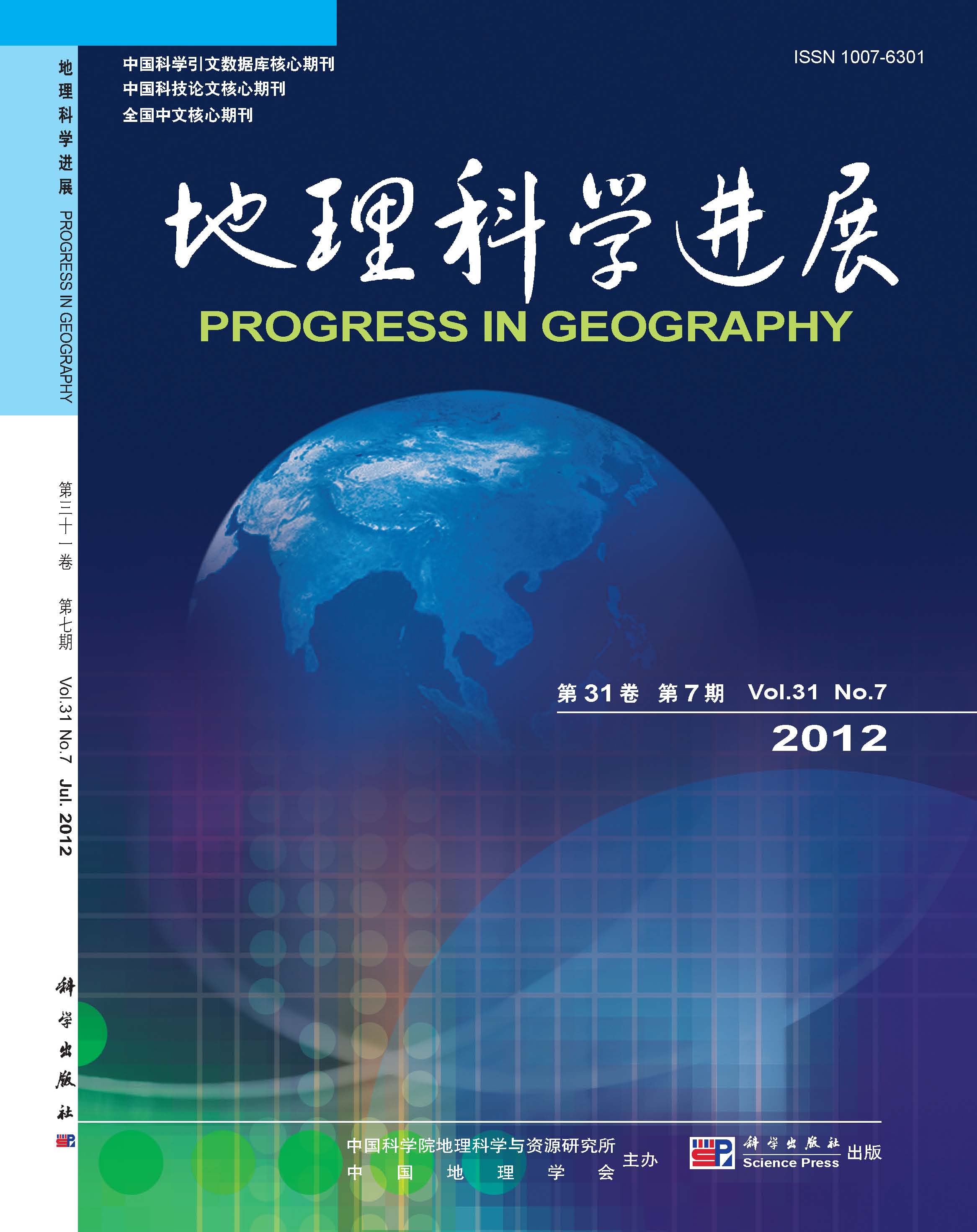Original Articles
LIU Caihong, YANGYanhua, WANG Zhenyu
In this paper, characteristics of surface water resources and climate above the Longyangxia Reservoir areas, lying in the upper reaches of the Yellow River, were analyzed through summer meteorological and flow observations, with the examination of the feedbacks and interactions between water resources and climate. On the basis of analyses, a prediction model of the flow into the reservoir was established. And in terms of future climate scenarios provided by means of the down-scaling climate model, the flow under different emission scenarios was predicted. After the study, some significant conclusions were drawn in the paper. Firstly, the results indicate that variations of temperatures have been oscillating with a rising trend in the upper reaches of the Yellow River from 1976 to 2010, with a rising rate of 0.48℃ in every 10 years. Annual precipitation shows a faint reducing trend, and presents an obvious inter-annual and inter-decadal oscillation. There is a significant increase in evaporation, and this trend has a higher general relationship with temperatures. Secondly, the summer flow of Longyangxia Reservoir decreases from 1988 to 2010 with a rate of -33.0 m3/s every 10 years. Since Longyangxia Reservoir was established, in most years the flow is less than the average, and with growing climate anomalies, the proportion of extreme changes in flow rate increases. Thirdly, it is found that precipitation, mean maximum temperature and minimum temperature have a great influence on the summer flows into the reservoir. Meanwhile, it was indicated that climate change is the primary factor affecting the flows into the reservoir. In addition, parameters of the model were tuned satisfactorily in order to reliably estimate the summer flows into the reservoir. Through calculation, in future, under the A2 scenario, summer mean maximum temperature has risen by 3.0 and 2.9℃ compared with the period 1988-2010, minimum temperature has increased by 2.6 and 2.5℃ and precipitation decreased by 40.9% and 38.4% in the 2020s and 2050 respectively, and under the B2 scenarios, summer mean maximum temperature has risen by 2.7 and 3.2℃, minimum temperatures has increased by 2.4 and 2.7℃ and precipitation decreased by 34.5% and 35.7% in the 2020s and 2050 respectively. In summary, it is observed that temperature will continue to rise and precipitation will decrease obviously in future in the upper reaches of the Yellow River. So the predicted results show that the summer flows into the Longyangxia Reservoir will decrease in the 2020s and 2030s compared with the baseline specified data from 1988 to 2010. Under different emission scenarios, the flows show obvious differences due to the combined effect of changes in temperature and precipitation. The summer flows would decrease by 23.9% and 19.8% in the 2020s and 2030s respectively, under the A2 scenario; and decrease by 14.4% and 17.3% in the 2020s and 2030s under the B2 scenario. Therefore, damages of the effects of climate change on the summer flows in the upper reaches of the Yellow River generally outweigh potential benefits, but with great uncertainty in the predictions.
